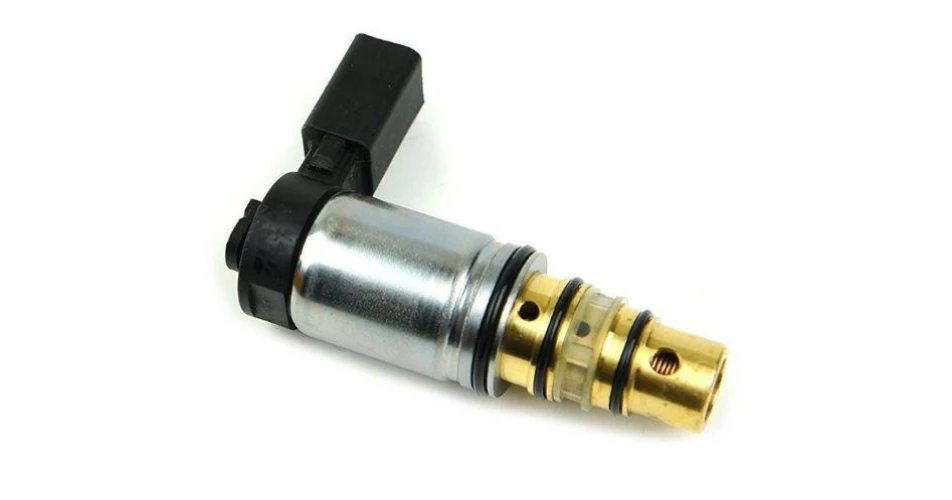Every year, with the onset of the hot weather, we are overwhelmed with requests for A/C system re-gassing. But this year we have been seeing more complex diagnostic issues appearing after lockdown, vehicles have not been used as much, especially the climate control.
In the past, the most common issue would be the loss of refrigerant. We are all very familiar with the process of Nitrogen testing for leak detection, but now that we have climate control, the diagnostic process is more complex.
Originally there was one type of compressor clutch to control the operation of the compressor, and it was controlled via the compressor clutch relay. It was often switched by a pressure or primary switch, or it might have been ECM controlled. This clutch was an electromagnet pulling in a rotating clutch plate, shimmed to a close proximity of the driven plate. The only issues could be an open circuit magnet or bad adjustment on the drive plate distance.
Now we are confronted with differing methods of compressor control. The most common is the variable duty-controlled compressor. The clutch on this type of compressor is fixed, permanently engaged, but has the ability to mechanically disconnect in the event of a compressor mechanical failure. (Not resettable). The compressor is controlled via a variable duty solenoid for infinite compressor output control. Normally, it is a positive duty pulse from the climate control module and the solenoid has a permanent earth. And to confuse the issue, a magnetic clutch can also be fitted to this compressor, as well as a variable duty control solenoid.
The operation of this solenoid will vary the internal stroke of the compressor to increase or decrease the pressure output, with out the need to constantly switch the clutch on and off. This type of compressor control can benefit the system by operating the compressor constantly at a low state even when it is commanded off. This has the benefit of keeping refrigerant and oil flowing in the system. This keeps the seals in the system lubricated, preventing them from drying out and loosing a gas tight seal.
And finally, there is a compressor that has a solenoid fitted that is relay controlled, to activate the compressor without any duty cycle signal. And this system can also incorporate a magnetic clutch. A typical variable solenoid resistance would be in the region of 12.5 Ohms, and on serial data the valve would be running 850-950 milliamp of current consumption. This is the first check that should be performed when the system has pressure but has no increase when the system is activated.
When no compressor command is present, the whole vehicle should be scanned for fault codes, as many systems interact together to allow the AC system to operate. Many sensors are required to be in their correct operating range, and components such as those in the cooling system need to be fault free and functioning: pressure sensors to indicate correct refrigerant pressure, evaporator temperature, outside air temperature to name just a few of the components that must be fully functional for the AC to operate. Pressure sensors can be analogue linear voltage sensors, but now we are seeing digital LIN sensors installed. This is now a time for technicians to be proficient with the use of a scope for accurate diagnosis.
This is just the beginning. Diagnosing AC system performance by analysing refrigerant temperature and pressure measurements is the next level!
To see or download this article click
here. There are lots more Tech Tips to view, and they are all searchable, on
TechTips.ie.
To join the Autobiz Helpline, call 01-905-9500, and then press 2, for further information.
 A modern control solenoid
A modern control solenoid
